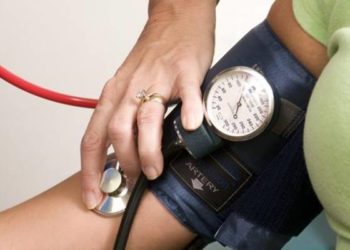Data support targeted approach to cholesterol screening in young adults
1. In the absence of risk factors, there was low prevalence of increased ASCVD risk in women under 50 and men under 40.
2. Only 2.9% of the low-prevalence subgroups for cardiovascular risk had high LDL-C levels.
Evidence Rating Level: 2 (Good)
Study Rundown: Screening for dyslipidemia is an important component of preventative medicine, as it identifies asymptomatic individuals at risk for atherosclerotic cardiovascular disease (ASCVD). Early identification provides individuals with the opportunity to engage in lifestyle interventions or preventative medical therapy. Several approaches to screening currently exist. The American College of Cardiology and American Heart Associatiaon (ACC/AHA) recommend an initial lipid panel for all adults older than 20 years followed by repeated testing every 4 to 6 years to identify high-risk patients. In contrast, the U.S. Preventive Services Task Force (USPSTF) recommend initial screening at age 35 years for men and 45 years for women unless 1 or more traditional risk factors for ASCVD is present. The goal of this study was to describe the prevalence of elevated ASCVD risk among non-diabetic adults younger than 50 years, with the aim to determine the best method of screening. This study has several limitations. First, no information was available regarding cardiovascular outcomes. Second, risk factors and family history were self-reported. Overall, the results of the study support a targeted approach to cholesterol screening in young adults.
Click to read the study in the Annals of Internal Medicine
Relevant Reading: Prevalence of Coronary Heart Disease Risk Factors and Screening for High Cholesterol Levels Among Young Adults, United States, 1999–2006
In-Depth [retrospective cohort]: In this retrospective study, a cross-sectional analysis was conducted of adults aged 30 to 49 years who participated in the examination component of NHANES (National Health and Nutrition Examination Survey). Participants were sub-divided into groups based on age, sex, and history of smoking and hypertension. The authors defined low-prevalence subgroups as those in which a greater than 1% prevalence of elevated cardiovascular risk could be ruled out. In terms of sub-group analysis, approximately half of all the NHANES participants were categorized in low-prevalence subgroups (47.12%, representing 32 million adults). For those without smoking and hypertension risk factors, only 0.09% (95%CI 0.02% to 0.35%) of adult men under 40 and 0.04% (CI 0.0% to 0.26%) of adult women under 50 had an elevated ASCVD risk.
Image: CC
©2017 2 Minute Medicine, Inc. All rights reserved. No works may be reproduced without expressed written consent from 2 Minute Medicine, Inc. Inquire about licensing here. No article should be construed as medical advice and is not intended as such by the authors or by 2 Minute Medicine, Inc.









